More music teachers are role models for minority students than teachers of any other subject. 36% of surveyed minority students identified music teachers as their role models, compared to 28% for English teachers, 11% for elementary teachers, and 7% for physical education teachers. Source: Journal of Research in Music Education,1993.
Last week, I stated that while I believed money and access was a barrier to music participation, it is not the only one. Then what is?
Perhaps it's me.
Music programs are a reflection of their directors, musically and otherwise. As a teacher, my personal and musical values were deeply embedded into and permeated virtually every facet of the the program. The indoctrination to my way of thinking began on the first day of freshman band camp and continued unabated until the day the students graduated four years later. More than any other curricular area, a music teacher has immense control over each facet of the program. Every decision I made, large and small, had an impact on not just the students I taught, but the students I didn't.
Simply stated, I was not a reflection of my school community. I was (and still am) a caucasion, college educated, moderately affluent, classically trained musician, teaching in a community that was anything but. My decisions and approach to building a program were skewed by those facts. Did we find success? Yes. Did we lose some students because of it? Yes.
Our educational, personal, and musical influence is far and wide and represents both our single greatest opportunity and most significant burden. We know that musical excellence requires creating a culture of excellence that demands a strict adherence to a singular approach... My approach. Right or wrong, good or bad, it was all on me.
Because of the way I taught, and who the students were, is it possible that there were some young people that were left on the outside of the music building looking in? Is it possible there was a group of students that liked and wanted to be a part of the program but didn't like my approach or want me as their teacher?
We know that in building a successful program, the teacher isn't necessarily thinking about race, gender, religion, or creed. He is just thinking about programmatic and student success, one of which requires uniformity while the other requires individuality. Successful programs require one identity, created by one person, for one program, which fits one type of student. In this model, someone has to be left behind.
My model was built around discipline, dedication, and teamwork. The question is, did I teach it or just attract students who already had it? Perhaps in building success, I was limiting it to those who already had it. In building a program, I might have eliminating individuals. In working at a Title One school, I might have been eliminating or ignoring the Title One students.
Was I helping more than I was hurting? Was I doing more harm than good? I am not sure but I do know that my proudest teaching moment was when I brought the ENTIRE school community together for a Concert of Heroes. There were no ratings earned, no trophies won, but some true life lessons were taught, and perhaps, some new and different lives were changed.
What could YOU do to reach a new and different set of students? What way could YOU teach to reach your same students in a different way? What new person could YOU reach and what effect could YOU have?
Teaching isn't just about working with those wanting success, but those needing it! Now let's go teach!
Have a great week everyone!
p.s. Last week I gave you with a homework assignment: pull the enrollment data for your school, compare it to your ensembles, and ask yourself: Who am I teaching and how does it compare to the rest of the school? What did you discover?

